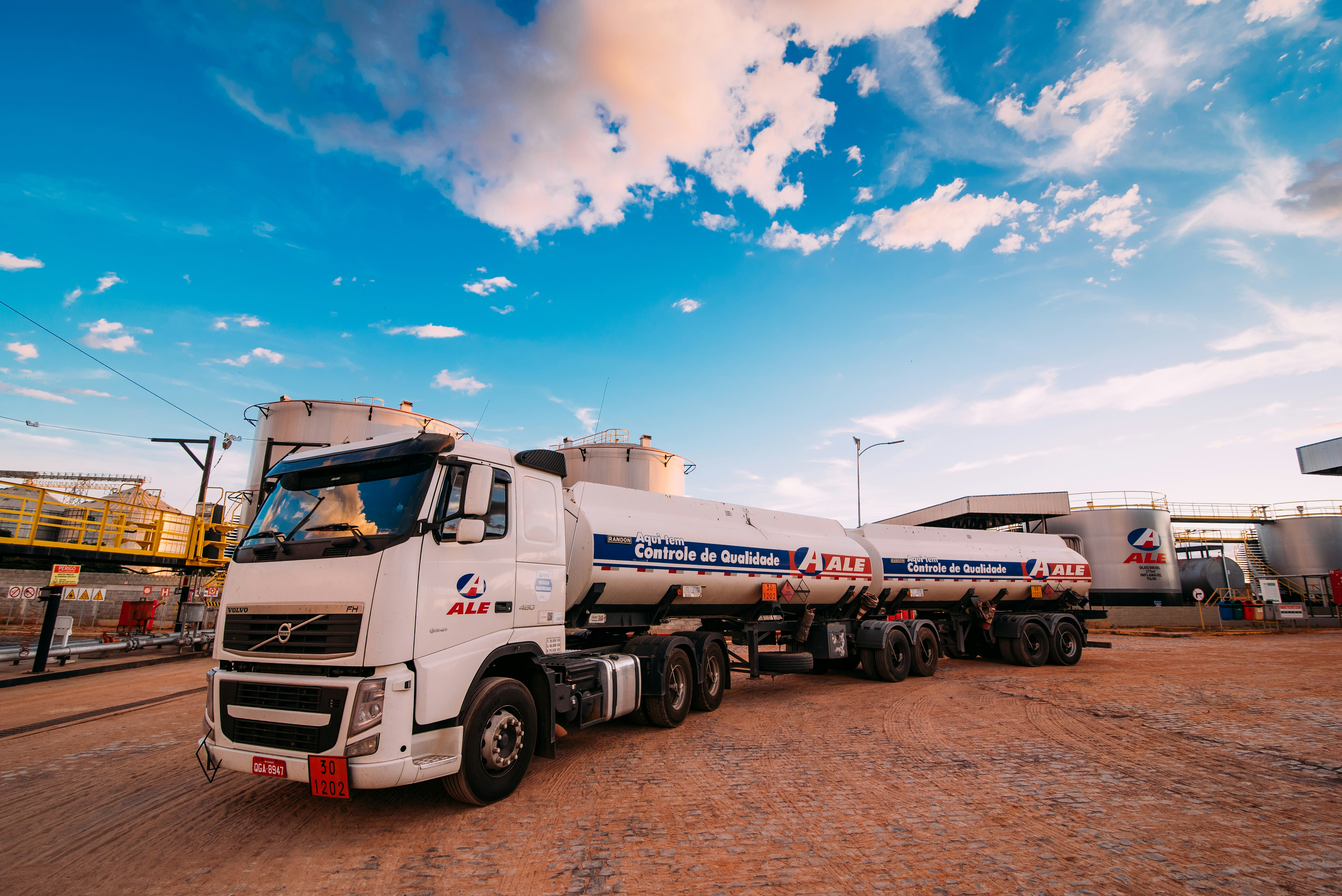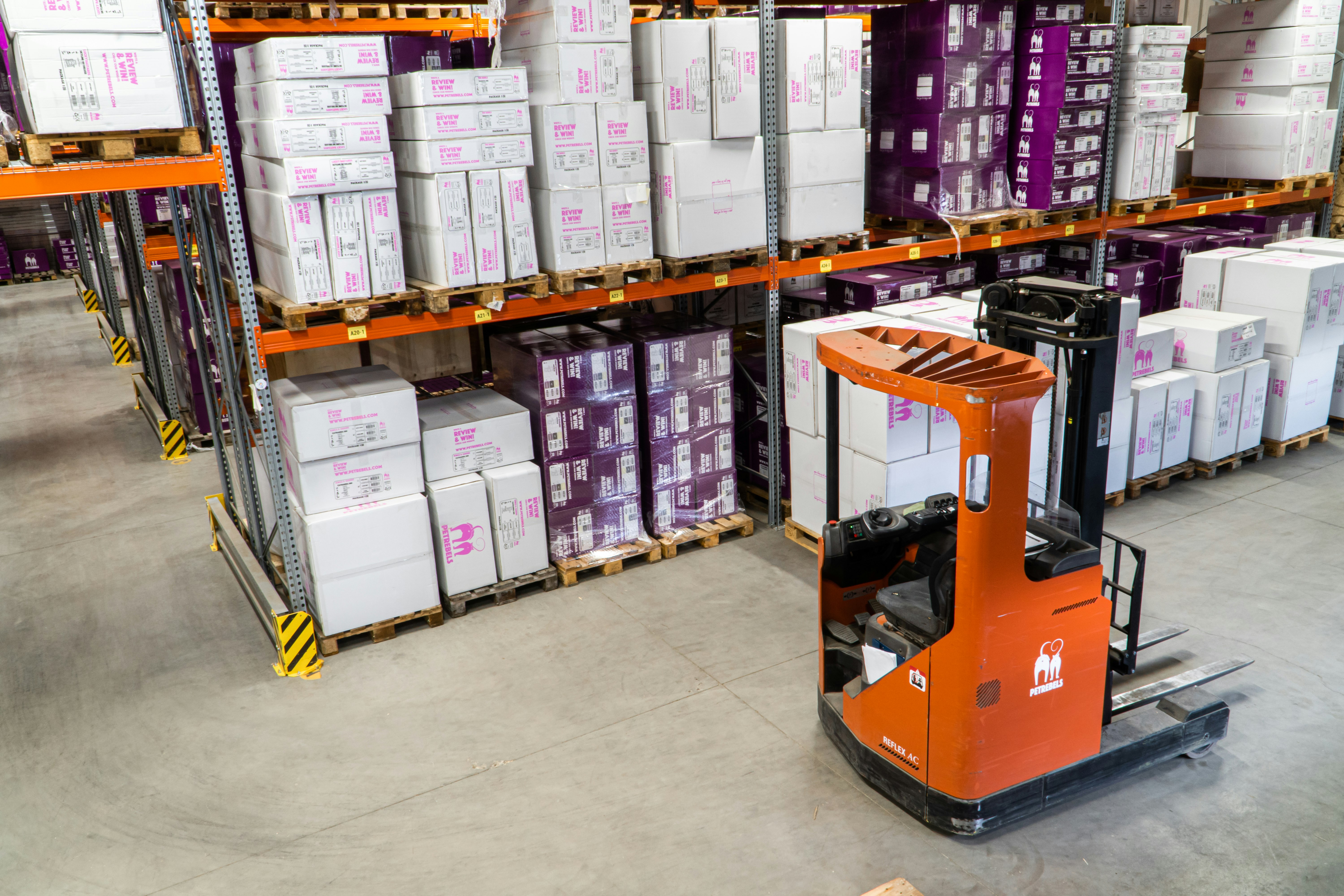By Helene Behrenfeldt
It’s all about resilience and agility.
In the dynamic world of fashion, where trends evolve at the blink of an eye, the success of a brand hinges not only on its creativity but also on the efficiency and adaptability of its supply chain. Fashion brands are realizing that a stable and agile supply chain is no longer just an option – it's a necessity. Fashion brands must prioritize the development of a stable and agile supply chain to navigate the complexities of the industry successfully.
Fashion is inherently fickle, with consumer preferences and trends constantly shifting. What's in Vogue today might be outdated tomorrow. This volatility places immense pressure on fashion brands to respond swiftly to changing demands, and where a robust supply chain comes into play. By establishing a stable and agile supply chain, brands can efficiently manage the challenges posed by sudden shifts in demand and emerging trends.
In the world of fashion, sustainability, quality, and timeliness are paramount. A stable supply chain ensures that raw materials and components are consistently available, contributing to the production of high-quality sustainable products. Moreover, an agile supply chain enables brands to swiftly adapt to disruptions, preventing delays and ensuring that products reach the market in a timely manner. This consistency can enhance brand reputation and customer loyalty, crucial factors in the highly competitive fashion industry.
The modern consumer is increasingly conscious of sustainability and ethical practices. Fashion brands are under mounting pressure to adopt environmentally friendly and ethical approaches throughout their supply chains. Creating a stable and agile supply chain facilitates the implementation of sustainable practices, such as responsible sourcing of materials, reducing waste, and optimizing transportation routes. This commitment resonates with socially conscious consumers and can lead to a positive brand image.
An agile supply chain not only helps fashion brands respond to challenges, but also empowers them to seize opportunities for innovation. Rapid shifts in consumer behaviour and technological advancements open doors to new markets and product lines. A brand with an agile supply chain can swiftly experiment with new ideas, adapt existing products, and capitalize on emerging trends. This flexibility fosters creativity and positions brands at the forefront of fashion innovation.
A stable and agile supply chain encourages collaboration and seamless communication among all stakeholders – from suppliers and manufacturers to distributors and retailers. Efficient communication ensures that everyone is aligned with the brand's objectives and can work together to address bottlenecks and resolve issues promptly. This unity across the supply chain streamlines processes, reduces lead times, and ultimately contributes to improved customer satisfaction.
In the ever-evolving realm of fashion, building a stable and agile supply chain is no longer a choice; it's an imperative. The ability to swiftly respond to changing demands, mitigate risks, uphold ethical standards, and foster innovation are all critical aspects that can be achieved through a well-structured supply chain. Fashion brands that prioritize the development of such a supply chain are better equipped to not only survive but thrive in the face of the industry's challenges. By focusing on stability and agility, fashion brands can create a lasting impact, enhance brand resilience, and continue to shape the trends of tomorrow.




















